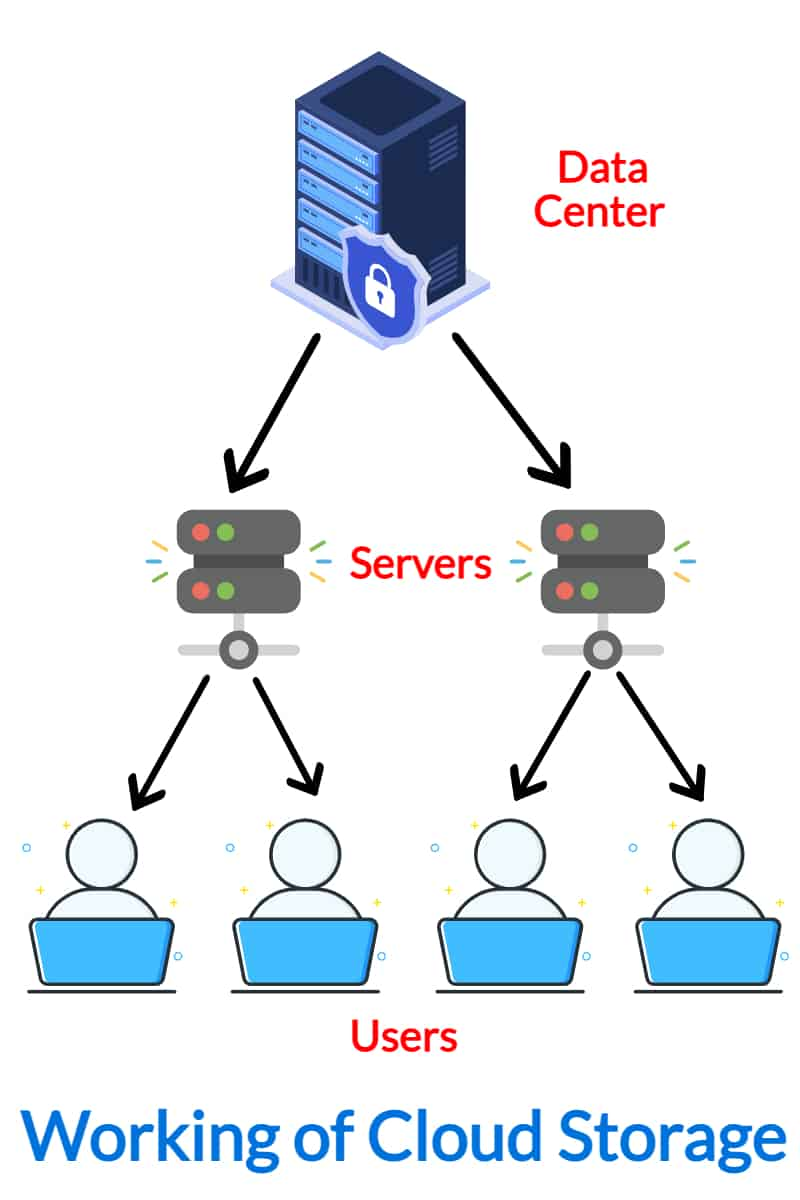LinkDaddy Universal Cloud Storage Providers Revealed
Achieve Seamless Assimilation With Universal Cloud Solutions
In the hectic landscape of modern-day company operations, the quest for seamless combination with universal cloud solutions stands out as a critical component for accomplishing organizational performance and competitiveness. By exploring the detailed interaction in between cloud solutions and integration strategies, services can unlock a realm of possibilities to maximize process, boost partnership, and drive innovation.
Advantages of Universal Cloud Services
Universal Cloud Solutions supply a myriad of benefits for companies looking for scalable and efficient solutions for their varied digital requirements. By using cloud services, companies can avoid the high costs associated with buying and keeping physical web servers.
Another advantage of Universal Cloud Providers is boosted flexibility and accessibility. With cloud services, staff members can access information and applications from anywhere with a net link, allowing remote work and raising efficiency. This ease of access also promotes collaboration amongst employee, despite their physical area.
Moreover, cloud solutions supply durable protection attributes, shielding delicate organization information from prospective hazards. Solution suppliers purchase innovative security actions, such as encryption and normal information backups, to make certain the stability and confidentiality of information kept in the cloud. This degree of security offers comfort for services managing delicate information and regulative compliance requirements.
Trick Functions for Combination Success
Implementing effective integration of cloud solutions needs a strategic emphasis on vital features that enhance operations and optimize performance. Making sure that the cloud solutions being integrated are compatible with existing applications and systems is vital for seamless data flow and capability. The integrated cloud services need to be able to range easily to fit changing organization needs, whether it's a rise in data quantity or customer website traffic.
Furthermore, automation abilities play a considerable function in combination success. Automation streamlines processes, decreases manual mistakes, and improves performance. Real-time data synchronization is also key. The ability to synchronize information throughout integrated cloud services instantly makes certain that information is exact and constantly updated. Surveillance and analytics features are important for tracking performance, recognizing issues, and optimizing the incorporated cloud solutions for peak effectiveness. By concentrating on these crucial attributes, organizations can accomplish effective integration of global cloud solutions.
Best Practices for Application
To ensure the successful combination of cloud services, adhering to best practices for implementation is essential. Detailed preparation is important. Clearly define the objectives of the combination, recognize the details cloud services required, and establish a timeline for application. Involve appropriate stakeholders early to collect their needs and make sure placement with business objectives.
Secondly, choosing the appropriate cloud provider is important. Evaluate potential service providers based upon their online reputation, safety and security procedures, scalability, and compatibility with your existing systems. Carrying out detailed study and looking for referrals can help in making an informed decision.
In addition, prioritize information safety and security throughout the implementation process. Implement security, gain access to controls, and routine safety and security audits to secure sensitive details. Furthermore, guarantee appropriate training for workers to alleviate dangers connected with human mistake.
Lastly, preserve clear interaction channels with all included parties to address any type of issues quickly and ensure a smooth assimilation process. Frequently testimonial performance metrics to evaluate the effectiveness of the integration and make needed adjustments. By adhering to these ideal techniques, organizations can improve the implementation of cloud services other and maximize their advantages.
Overcoming Common Assimilation Difficulties
Addressing typical integration challenges calls for a tactical method and proactive analytical methods. One of the most common challenges in cloud integration is making certain compatibility in between different systems and applications.
An additional usual obstacle is taking care of the scalability of incorporated systems. As information quantities rise and fall, it is important to design combination structures that can dynamically adapt to meet transforming demands. Scalability concerns can be reduced by utilizing cloud-native innovations that use flexible sources and automated scaling capacities.
Protection problems also present a substantial challenge in cloud assimilation. Securing delicate data during transit and making sure compliance with market regulations are paramount (linkdaddy universal cloud storage). Implementing robust encryption systems, access controls, and routine security audits can help attend to these concerns properly
Furthermore, the intricacy of incorporating heritage systems with modern cloud systems can offer challenges. Tradition systems may lack compatibility with modern combination protocols, calling for specialized options or middleware to link the gap. By understanding and proactively resolving these typical obstacles, companies can achieve seamless combination with universal cloud solutions.
Future Trends in Cloud Assimilation
Embracing innovative methods and cutting-edge modern technologies is vital for remaining in advance in the quickly developing landscape of cloud combination. Looking ahead, a number of future patterns are established to form the means organizations approach cloud combination.

Moreover, the growing focus on security and compliance in cloud combination is anticipated to drive the development of more robust protection steps and governance structures (universal cloud storage). Information personal privacy policies like GDPR and CCPA are pressing organizations to focus on information protection in their combination strategies
Conclusion
In conclusion, achieving seamless integration with universal cloud solutions is important for businesses to optimize procedures and improve productivity. By leveraging cost-effectiveness, versatility, and robust safety features, companies can improve data circulation, automate procedures, and guarantee real-time synchronization. Prioritizing compatibility, safety and security, and scalability measures in combination methods will certainly allow companies to overcome difficulties and remain ahead of future fads in cloud integration, driving effectiveness and development in their procedures.
In the busy landscape of modern-day organization procedures, the quest for smooth integration with global cloud solutions stands out as a crucial part for accomplishing business effectiveness and competitiveness. By focusing on these vital features, organizations can achieve successful integration of global cloud services.
By comprehending and proactively dealing with these common challenges, companies can attain smooth combination with global cloud services.
